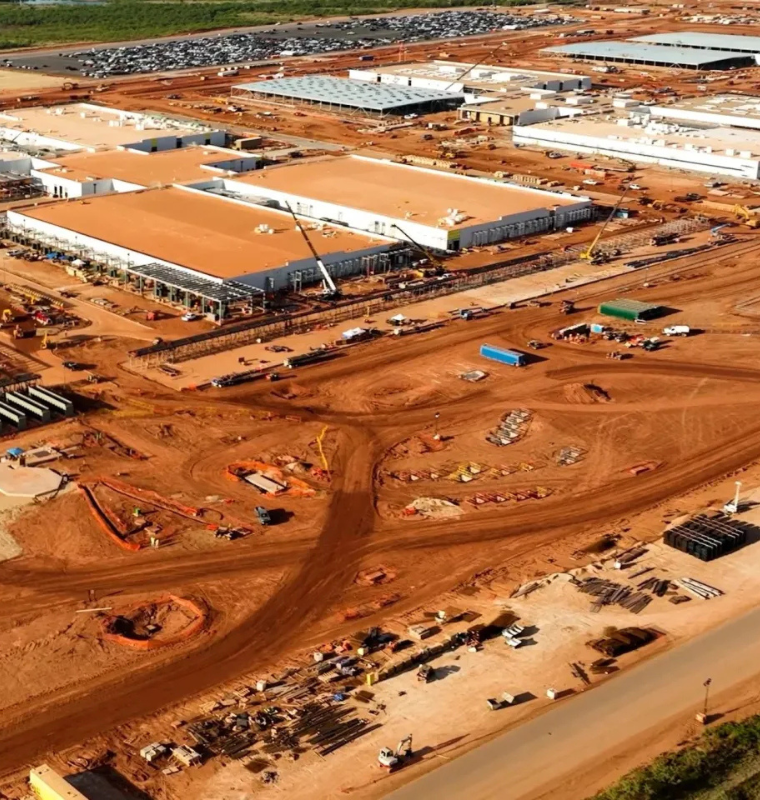Starbucks Unveils $1 Billion Restructuring Plan, Closing Stores and Cutting Jobs
Starbucks Unveils $1 Billion Restructuring Plan, Closing Stores and Cutting Jobs
By
Rachel Steinberg
Last updated:
September 26, 2025
First Published:
September 26, 2025

Photo: The New York Times
Starbucks announced a $1 billion restructuring plan Thursday, involving the closure of select North American coffeehouses and layoffs affecting approximately 900 non-retail employees. The move is part of CEO Brian Niccol’s ongoing “Back to Starbucks” transformation strategy, aimed at refocusing the company on its core customer experience.
Store Closures and Workforce Reductions
The number of company-operated stores in North America is expected to decline by roughly 1% in fiscal 2025, which TD Cowen estimates translates to about 500 closures. Starbucks plans to end the fiscal year with nearly 18,300 locations, including both company-operated and licensed cafes.
Non-retail staff impacted by the layoffs will receive severance packages, and efforts will be made to transfer affected employees to nearby locations when possible. This marks the second round of layoffs under Niccol’s leadership; earlier this year, the company cut 1,100 corporate positions.
The company expects 90% of the $1 billion restructuring costs to stem from North American operations. These include approximately $150 million in employee separation costs and $850 million in store closure-related charges, with most expenses projected in fiscal 2025.
Focus on Customer Experience and Store Revamps
Starbucks is prioritizing investments closer to the coffeehouse and the customer. The company’s same-store sales have declined for six consecutive quarters, impacted by rising competition and price-sensitive consumers.
Niccol’s strategy involves upgrading over 1,000 existing stores with “green apron” service, a $500 million initiative aimed at increasing labor hours in cafes to enhance service quality and customer satisfaction. The renovated stores are designed to encourage customers to linger, reinforcing Starbucks’ identity as a “third place” beyond home and office.
Operational Changes and Leadership Moves
In addition to store-focused initiatives, Starbucks is implementing office-based operational changes, including a return to four days in the office starting next month. Niccol has also brought in a new executive team, including CFO Cathy Smith, Global Chief Brand Officer Tressie Lieberman, and COO Mike Grams, all of whom previously collaborated with him at Chipotle and Yum Brands.
Industry and Analyst Perspective
TD Cowen analyst Andrew Charles noted that the store closures exceed initial expectations, reflecting a significant adjustment to the company’s portfolio. Starbucks executives have indicated a focus on slowing new store openings in favor of upgrading existing locations, which is expected to improve long-term profitability.
Starbucks Workers United, representing 12,000 baristas across 650 cafes, stated it will engage in effects bargaining to ensure impacted union employees are placed in alternative stores where possible.
Financial and Market Impact
Following the announcement, Starbucks shares declined less than 1% in afternoon trading, with the stock down more than 8% year-to-date. The company’s strategy emphasizes sustainable growth, improved service, and a strengthened customer experience, which Niccol believes will create long-term value for employees, customers, and communities.
Niccol’s letter to employees highlighted the company’s commitment to “build a better, stronger, and more resilient Starbucks,” ensuring that resources are allocated to areas that directly impact the customer and store operations.
The restructuring underscores Starbucks’ dual focus: reducing costs while strategically investing in people and experiences that drive customer engagement, ultimately aiming to restore the brand to its core mission of exceptional coffeehouse experiences.
Popular articles
Subscribe to unlock premium content
Why Consumers Buy Limited-Edition Fashion and Beauty Products

How K-Beauty Changed the Global Skincare Industry and Consumer Expectations

How Streetwear Became a Billion-Dollar Industry From Niche to Mainstream

Why Consumers Buy Limited-Edition Fashion and Beauty Products

How K-Beauty Changed the Global Skincare Industry and Consumer Expectations

Why Consumers Buy Limited-Edition Fashion and Beauty Products









